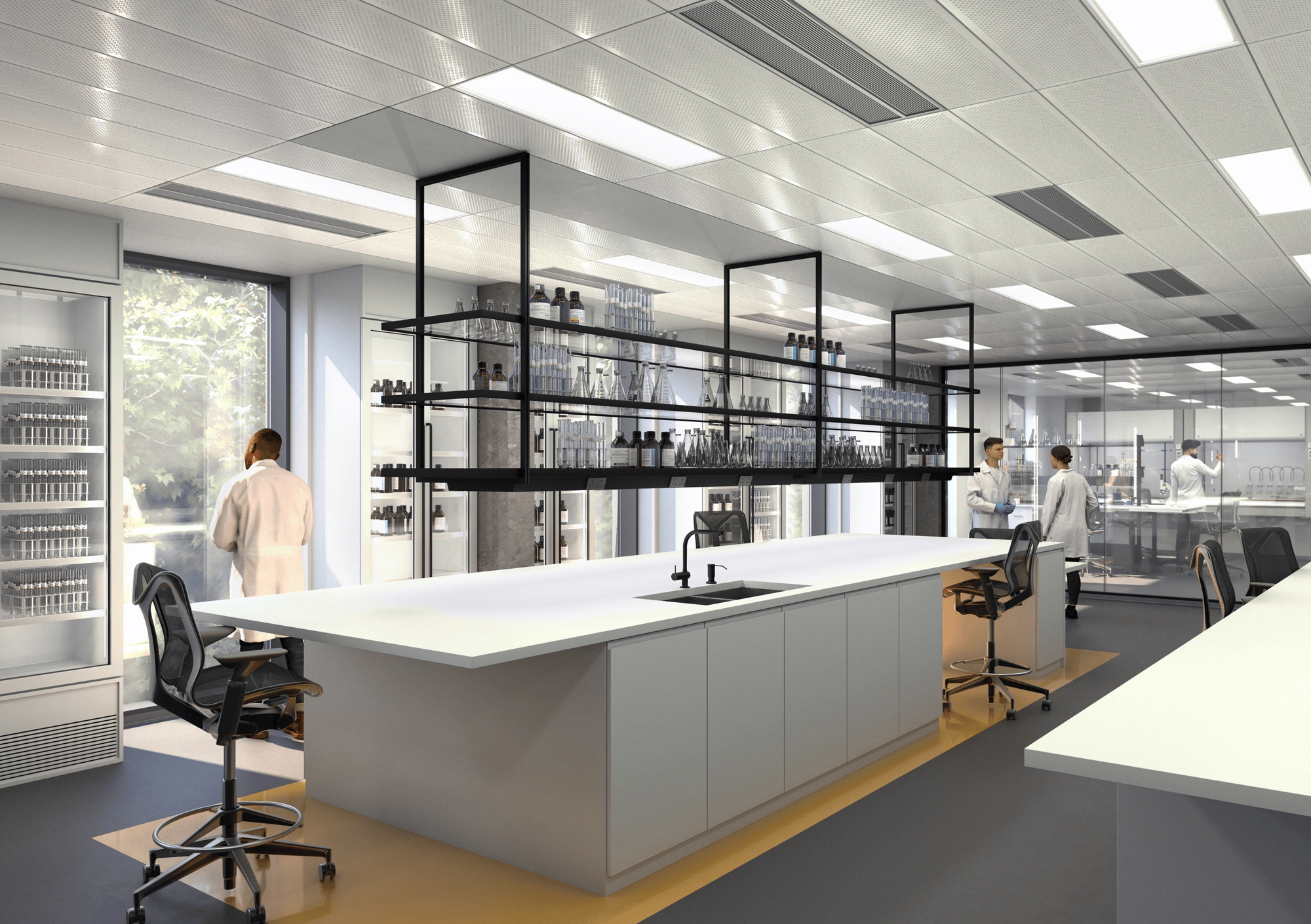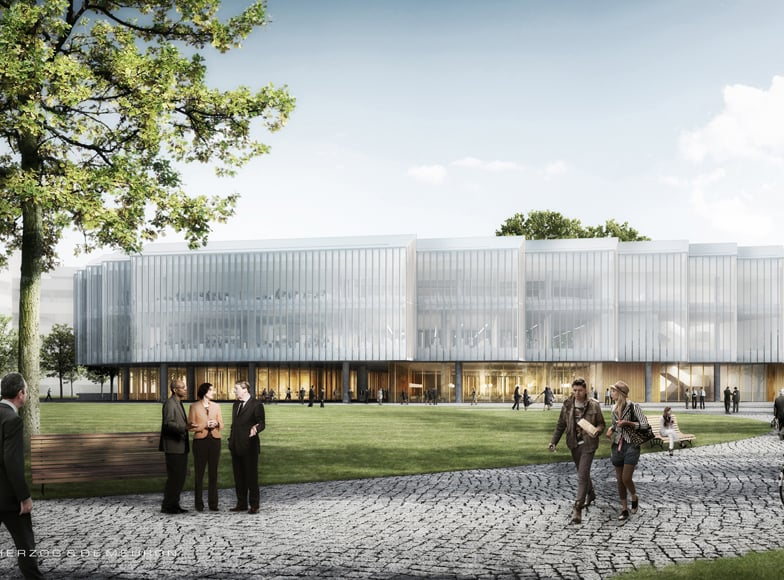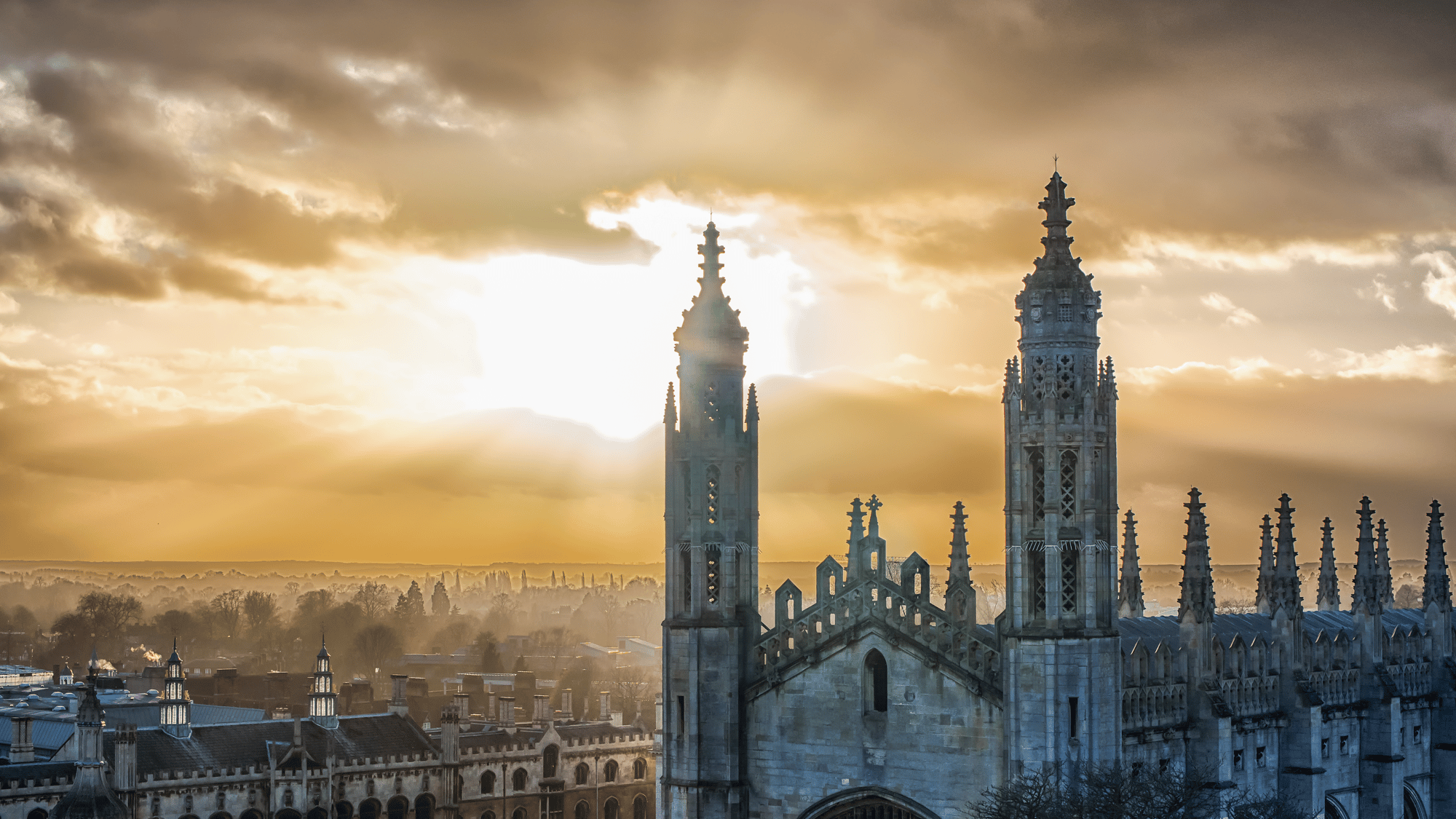FOUNDED IN 1970 BY TRINITY COLLEGE CAMBRIDGE, STANDS AS THE UK'S OLDEST AND RENOWNED SCIENCE PARK.
Initially occupying 152 acres of farmland, Cambridge Science Park capitalized on its proximity to the University of Cambridge, attracting early-stage tech companies, startups, and research-intensive organizations. Over the decades, it became synonymous with the Cambridge Cluster, also known as “Silicon Fen,” home to one of the largest concentrations of tech and biotech companies in Europe.

Created with the vision of fostering collaboration between academia and industry, the Park has grown into a leading hub for innovation, research, and entrepreneurship in science and technology.
key milestones:
1970s–1980s: The Park attracted pioneering companies like Sinclair Research, advancing computing technology. During this period, the focus was primarily on electronics and engineering.
1990s: The Park experienced a biotech boom, with companies like AstraZeneca setting up research centres. This era marked the beginning of Cambridge Science Park's evolution into a global biotech powerhouse.
2000s: With the rise of the digital economy, the Park expanded into software, data science, and artificial intelligence. Cambridge Science Park became a melting pot for interdisciplinary research, blending traditional sciences with cutting-edge technology.

Recent Trends
In recent years, Cambridge Science Park has embraced major trends in the global economy and scientific research:
Deep Tech Innovation: The Park is increasingly focused on deep technologies such as AI, quantum computing, and materials science. This shift is driven by the need for disruptive technologies that can address complex global challenges, from climate change to health crises.
Sustainability Initiatives: Cambridge Science Park is making strides toward becoming more environmentally sustainable. By implementing green building standards and encouraging companies to adopt eco-friendly practices, it aligns with the broader movement toward net-zero carbon emissions in tech and industrial spaces.
Biotech & Life Sciences Expansion: Biotech and life sciences continue to be central to the Park's identity. The Park remains a key player in the global race for breakthroughs in pharmaceuticals, genetics, and medical technology, particularly post-COVID-19.
Hybrid Work Models: Like many tech hubs, Cambridge Science Park has adapted to hybrid and remote work models, making investments in smart office spaces and digital infrastructure. This trend has opened the Park up to an even wider global talent pool.

demand and leasing activity
Cambridge’s office and laboratory leasing activity remains robust, driven by sustained demand from technology and life science firms. In 2023, over 75% of leased space was occupied by these sectors, from startups to established firms. This high demand has pushed prime lab rents from £41.50 per sq ft in 2018 to £71 per sq ft in 2023, reflecting a 69% growth rate.




laboratory space storage
Despite a promising development pipeline, Cambridge faces a critical shortage of laboratory space. New developments, including One Granta Park and The Press, are underway, but available lab space remains scarce outside Unity Campus and Cambridge Biomedical Campus. Projects totalling approximately 2, 531, 000 sq ft of lab space are in planning, with completion expected by mid-2026. This shortage has led companies to repurpose existing commercial buildings for laboratory use, highlighting the urgent need for dedicated lab spaces.


investor confidence and market DYNAMICS
Investor confidence in Cambridge remains strong despite a dip in office/lab investment to just over £100 million in 2023. The market is characterised by low yields, with prime laboratory yields around 4.75% and office yields at 5.5%, reflecting positive sentiment and resilience despite the shift to hybrid working. Redevelopment plays are popular, evidenced by significant transactions like UBS and Reef’s acquisition of the Westbrook Centre for £75 million and Cadillac Fairview and Stanhope’s purchase of 163 Cambridge Science Park for £12.2 million.

Cambridge continues to be a focal point for R&D and life sciences, with its robust funding environment, high demand for office and lab spaces, and strong investor confidence positioning it as a leading innovation hub in Europe.
READ OUR WORKPLACE GUIDE
HOW MUCH DOES A COMMERCIAL FIT-OUT COST IN 2024?
In 2024, the overall cost of an office fit out will vary depending on a variety of factors including size and scope, materials used, labour costs and finishes. Companies may also encounter unexpected costs related to site access and regulatory requirements. Planning ahead can help manage the costs of a commercial fit out as this will allow for research into suitable materials and suppliers, meaning it is important to do detailed research before making any decisions.
.png)
LET'S TALK ABOUT YOUR NEXT REQUIREMENT

